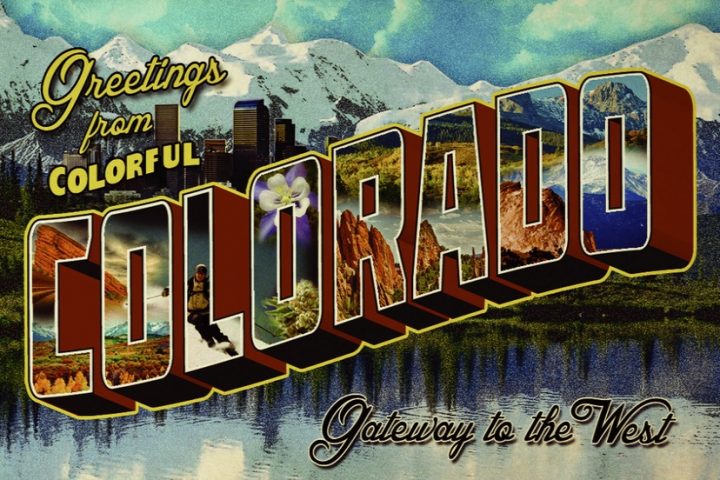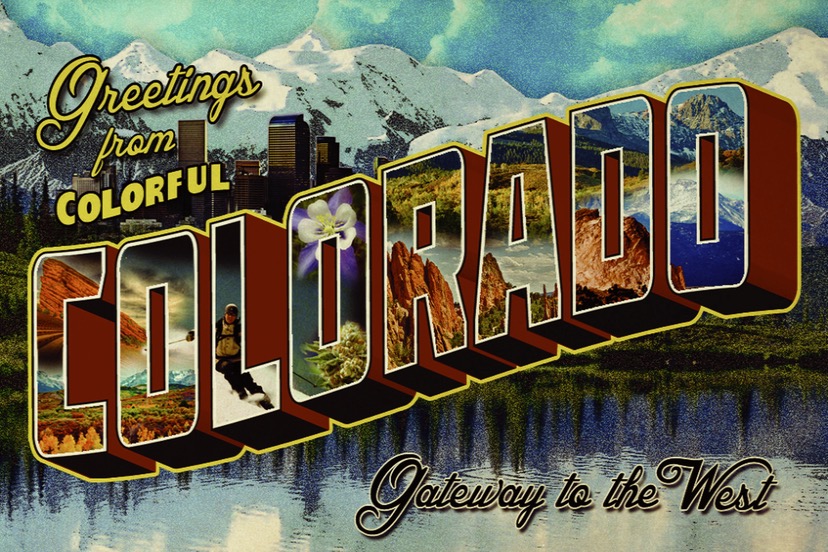‘Leisure travel’ was associated with the Industrial Revolution in the United Kingdom – the first European country to promote leisure time to the increasing industrial population…
— from the ‘Tourism’ page on Wikipedia.
As Great Britain began to develop an expanding upper-middle class of factory owners and managers in the late 1700s, it simultaneously developed ‘leisure’ activities to fill their time, while the lower-class factory workers — men, women and children — worked long hours for meager wages. Tourism gradually became one of the more popular upper-middle class pastimes. The British origin of this new industry is reflected in place names such as the Promenade des Anglais on the French Riviera. In other European resorts, well-established palace hotels have names like ‘Hotel Bristol’, ‘Hotel Carlton’, and ‘Hotel Majestic’ reflecting the dominance of English tourists.
The history of tourism is not terribly hard to research, thanks to the wonders of the Internet, and the ease with which information — factual or otherwise — can be shared. But we might note that such histories are typically written from the perspective of the upper-middle class tourists, rather than from the viewpoint of the waiters, hotel maids, tour bus drivers, and cruise ship crew members who are enlisted to serve, hand and foot, those upper-middle class tourists.
This tradition — focusing attention on the tourist and his or her safety and comfort, rather than emphasizing the story of the tourism industry worker — has changed somewhat during this particular pandemic. Tourism marketing, at least in Colorado, has acknowledged the dangers inherent in welcoming travelers, unchecked, into our communities. The following information was posted recently to the state-run Colorado Tourism Office web page:
What to Know About COVID-19 and Colorado Travel: Recommended Messaging
The safety of our travelers and residents is our highest priority and the Colorado Tourism Office is committed to providing accurate and updated information about public health conditions in Colorado. In response to COVID-19, Colorado Governor Jared Polis enacted a statewide “Stay At Home” order effective Thursday, March 26, 2020. The restriction will remain in place until April 26. The only exceptions involve essential trips such as grocery shopping or health care appointments.
Now is not the time to vacation in Colorado. Non-essential travel is discouraged at this time. Thank you for doing your part to keep our state safe. We look forward to welcoming you to Colorado when it is safe to travel once again.

Two new talking points were added to this “recommended messaging” on April 7:
*Colorado is beginning to see the impacts of the social distancing measures that have been implemented in recent weeks. The state has seen a 60% reduction in traffic on Colorado roads since the beginning of March and is beginning to see the effects of the stay at home Executive Order.
*When this virus began, the number of cases was doubling every 1.5 days; now it’s doubling every six days, meaning the spread of the virus is beginning to slow.
Here’s another example; this one from the Pagosa Springs Area Tourism Board:
We can assume that the intent here is to protect the health of Pagosa residents, rather than pander to the desires of Texans and Oklahomans for a pleasant getaway.
Yesterday, a Daily Post reader sent us a link to a story about the Asian flu, a pandemic that circulated in Asia, Europe and the US from 1956-1958. You can read a story about that pandemic here on Wikipedia.
Medical experts determined that the ‘H2N2’ virus was a novel strain of influenza, and that there was therefore minimal immunity in the global population when the first cases were identified in Guizhou, China in late 1956. By June 1957, the US Navy was reporting cases at Newport Naval Station. Infections in the US hit a peak in October — mostly among school children returning from summer vacation — with a second, more deadly peak a few months later, hitting mostly the elderly. However, a vaccine had been developed by October 1957 and was available in limited quantities. Cases of infection continued to be identified through 1968, when the closely-related H3N2 virus kicked off another pandemic (1968-1972), and the medical profession seemingly lost interest in the ‘old’ H2N2 virus.
Total fatalities from the Asian flu, worldwide, were estimated at 1-4 million people, depending upon whom you choose to believe. The virus was most deadly in pregnant women, the elderly, and those with pre-existing heart and lung disease.
Although the H2N2 pandemic has been implicated, by some sources, in the US Recession of 1958 — when automobile sales dropped by 31%, manufacturing overall slowed to a crawl, and over 5 million people became unemployed — the Wikipedia version of that relatively short-lived economic downturn does not even mention the Asian flu.
Obviously, a very significant social… and political… and cultural… change has taken place since 1958, as we watch a huge segment of the US population preferring to endure an economic collapse rather than risk a spreading virus. (Not every American shares the same preference, of course.) The decisions, by national governments all over the globe, to shut down their economies in order to battle a pandemic rather similar to pandemics we’ve experienced in the past, is — as far as I can tell — unprecedented.
I didn’t relocate to Pagosa Springs until 1993, but it’s my understanding that Pagosa didn’t see much in the way of tourism, back in 1958 during the Asian flu pandemic. Back then, this was a very small town, supported by sawmills and ranchers. In the years since, ranching has become more of a hobby and a tax-write-off, and the sawmills have all but disappeared. But a tourist industry has gradually flourished here, creating hundreds of low-paying jobs and a smaller number of upper-middle class business owners.
Certainly, taking steps to avoid a potentially fatal viral infection is part of any sensible health regime. But we also want to consider, carefully, what might happen to a small-town economy when the politicians in Denver order a month-long closure of every ‘non-essential business’…
… and when ‘tourism’ is one of those non-essential businesses.

